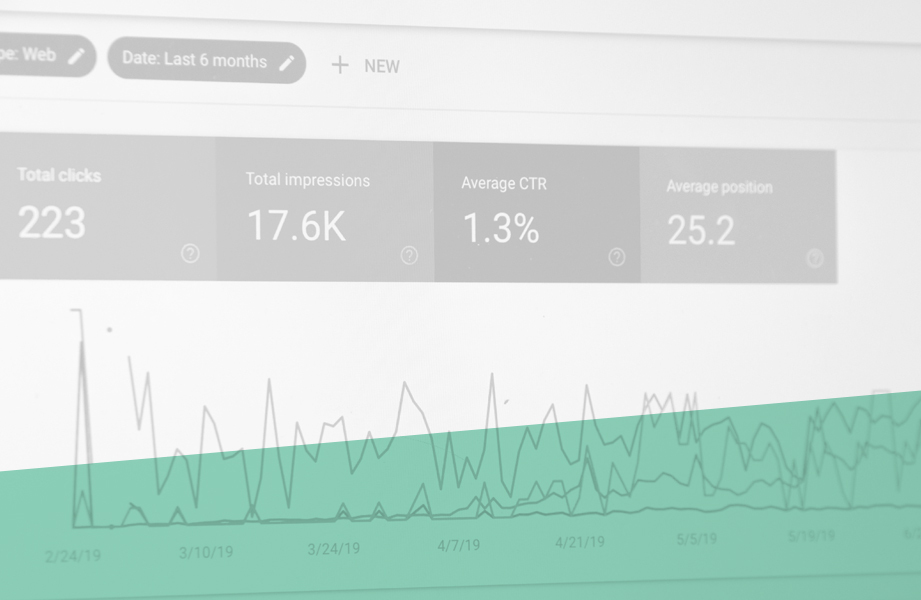
Law firms utilize their websites in different ways. For some, the website is a critical cog in their lead acquisition, and they have invested effort in SEO and paid search (in addition to functionality) to make it that way. For others, the site is more of a brand legitimizer for potential clients who come in via referral or research the firm on their own.
But in both scenarios – and everything in between – the site has acquired some domain equity over the years. That’s why it is frustrating to see law firms switch sites and leave their SEO behind with the old site. By doing things right, you are essentially giving the new site a head-start with the search engines. By doing nothing, you are putting the new site in a position to struggle out the gate.
Even more frustrating is that this scenario happens with both in-house website builds and providers. At Civille, we’ve isolated this as one of many vital differentiators between us and other law firm website providers in the industry. With every new site launch, we execute an SEO analysis and action plan to ensure that the new site is taking along all of the key components of the past site. This helps avoid any traffic drops, and more importantly, helps retain the associated search engine results page (SERP) positions that the site already has.
What To Do To Retain SEO On a New Site
The new website may look great. But if the technical SEO elements weren’t tended to before launch, it won’t succeed. Here are some of the main aspects to take into account.
URL Structure
Ideally, you will retain the URL structure of the past site to avoid Google having to find a new page. But, this isn’t always possible. If the past provider had a poor structure with messy URLs, it’s best to pull the bandaid off now and do it right this round. And that doesn’t mean that all is lost from an SEO perspective. You will just need to ensure that 301 redirects are installed on main pages, pointing to the new URLs to ensure Google can easily find the new page and retain the SERP position.
Sidenote, if ALL URLs are changing, as with a complete domain change, this will be a larger-scale project of page recreation, redirects, link updates, content updates, etc.
Rebuilding Main Pages
When rebuilding a website, it may be nearly impossible to rebuild every page that’s on the current site – and unnecessary. This is where a page analysis using Google Analytics or tools like SEMRush comes in handy. Through a site analysis, you can isolate which pages are currently bringing in worthwhile organic traffic and rebuild those pages on the new site. You can then refer to the above previous point on whether the URL can be utilized as well. Simply building standard site pages for the new site or rebuilding every page on the current site misses the point. Traditional page builds don’t consider additional pages and structures that need to be included on the new site. And by transferring every page, you may be bringing over low-quality pages that are hindering the site and should be deleted with the latest build.

Title Tags and Meta Information
Similar to the first point, transferring any additional pertinent SEO elements working for the site is vital. And this is where a complete analysis can come in handy to see what is currently gaining traffic and search visibility. Any pages that are thriving, including Home, About Us, and other main architectural pages, should retain their Title Tags and even meta-information if it is working for them. On the other hand, if there is non-optimal information currently present, and the pages would benefit from improvements here, now is the time to write new SEO information for the pages that will help them perform better.
Links
If the current site receives quality links from other sources or links out to relevant sites, it’s essential to take those into account with link analysis. Any change in URL will break an inbound link and take away any SEO value that it was bringing along with it. This is another reason why redirects are important if URL structures cannot be retained. Additionally, any outgoing links that are broken and added to the new site will negatively impact it. And a quality outbound link that benefited the user should be retained on the new site as well.
Submit the New Sitemap
Once the new site is set, it’s essential to submit the new sitemap to Google and Bing. This is the quickest and easiest way to explain what changed and where to go to the search engines. You’re giving them a map they can follow on the new site, and if you did all the above correctly, they shouldn’t have any problems.
Follow-Up
Everything may have been done by the book, but there are 0 reasons to simply trust the process and not check on it. Doing a 404 analysis post-launch through Google Analytics, in addition to watching traffic and doing a full SEO audit, is essential. There’s nothing wrong with double-checking your work with so much on the line.
Summary
Upgrading your website to improve the look and performance of your online presence is a good decision – if you have the right company to handle it. At Civille, we are meticulous with this process because we know how important it is to smoothly transfer the SEO elements. If you have questions about what we have to offer, please shoot us a message.





